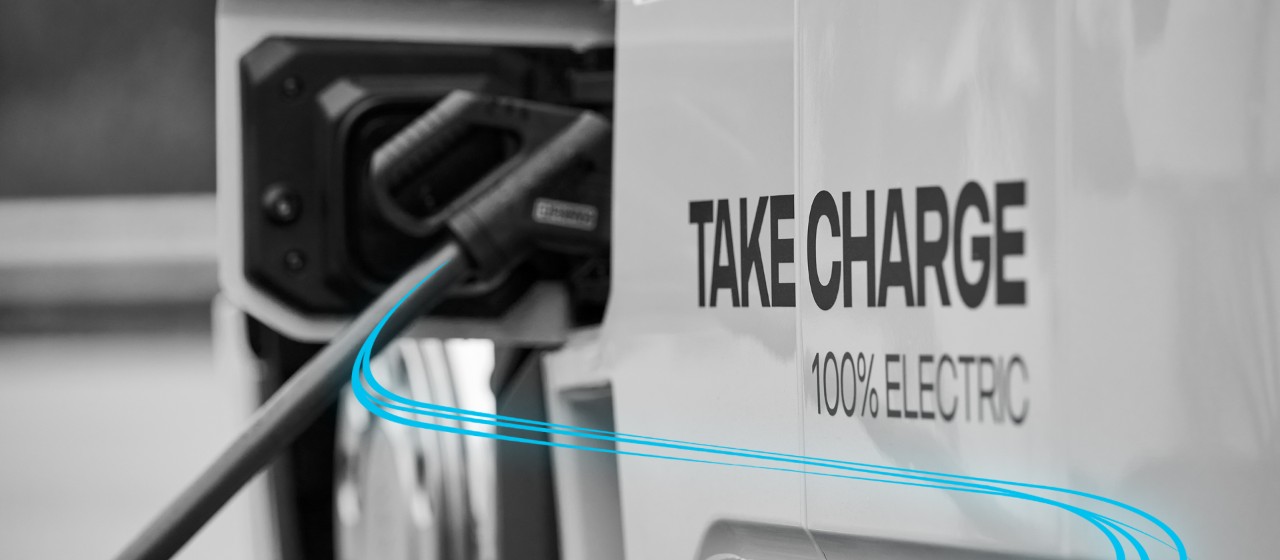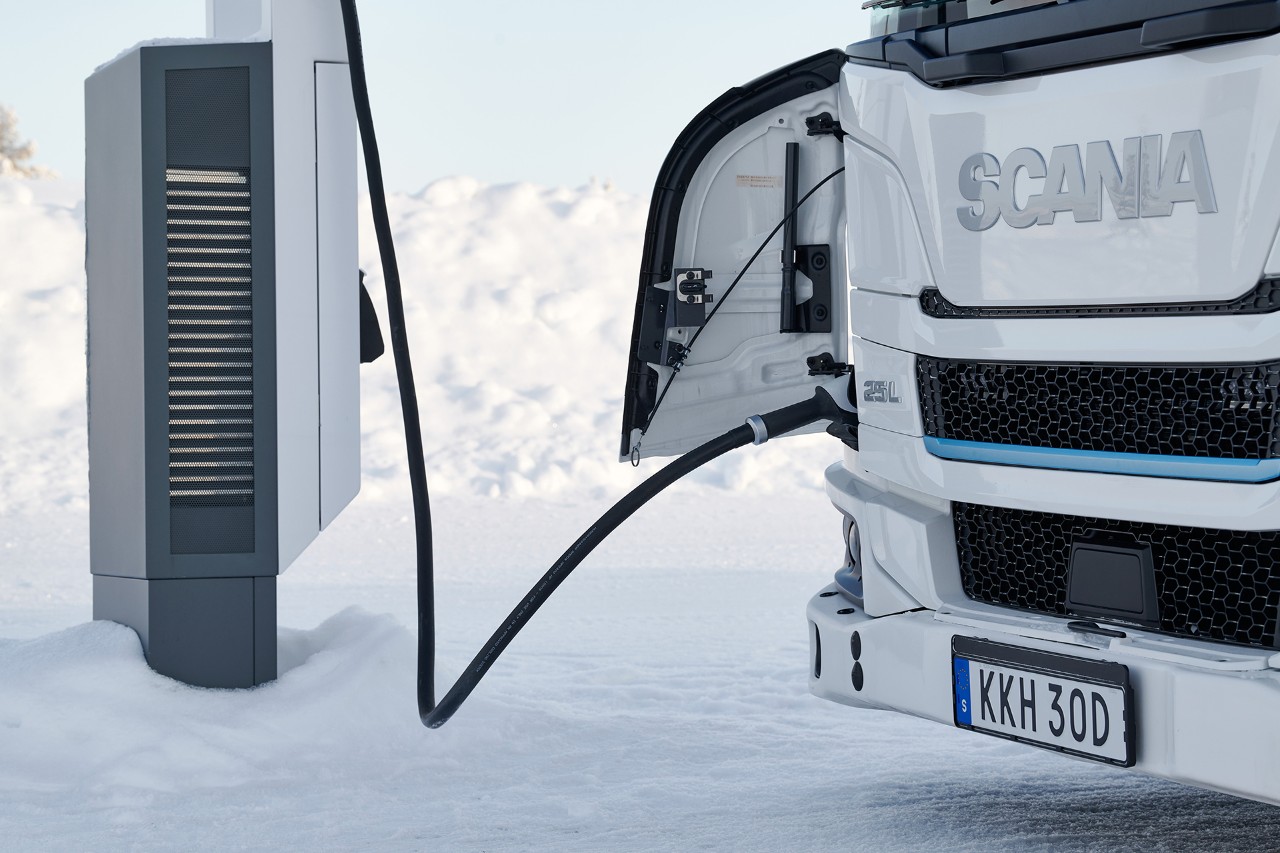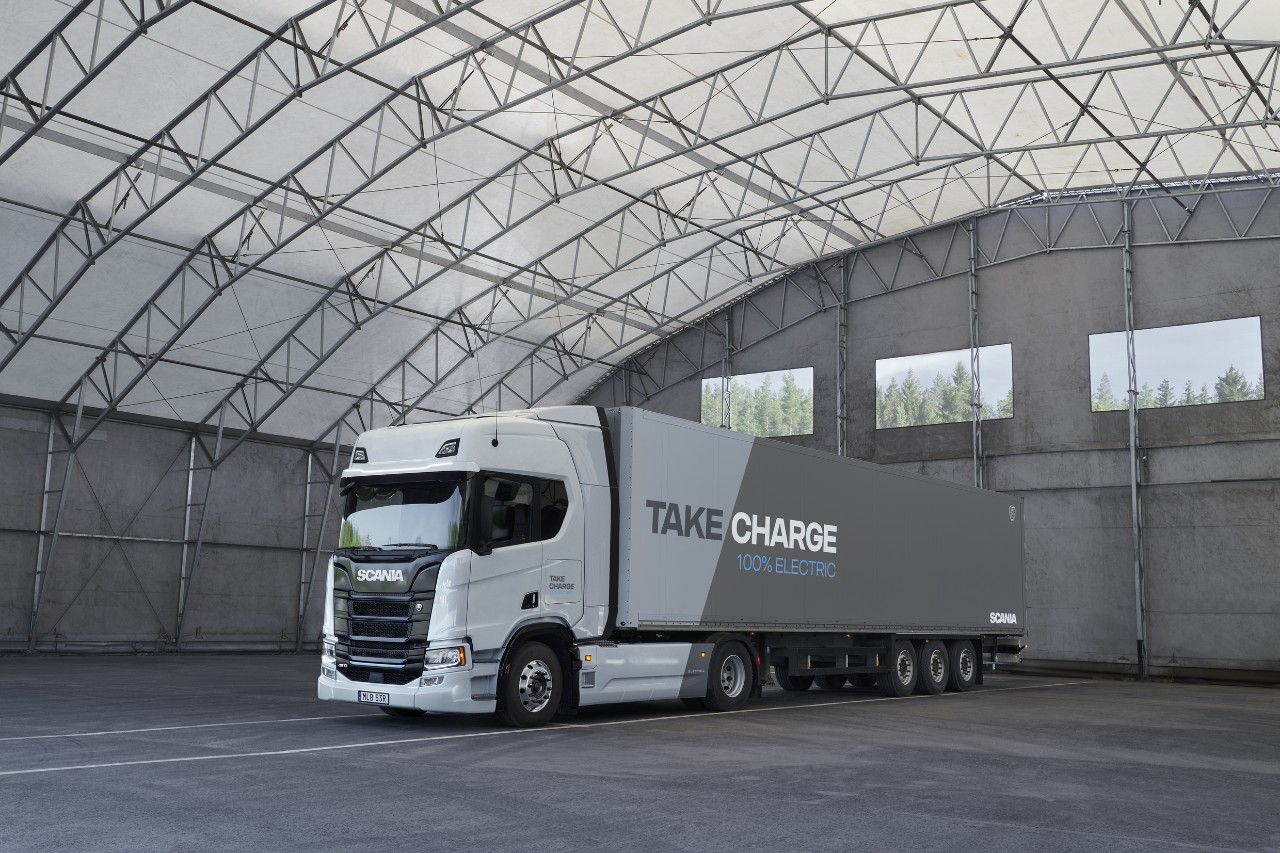
Truck charging: the main 3 challenges and how to address them
What do haulage companies see as the biggest challenges for truck charging solutions? And how can those issues be addressed? A Scania expert provides his answers and insights.
Challenge #1: getting return on your investment
One of the primary concerns for haulage companies that are considering electric trucks is the perception that implementing a charging solution costs a lot of money. In view of this some argue: why should we build our own charging infrastructure at our depot?
Johan Björkegren, Head of Charging Product Management at Scania, encourages haulage companies to take a long-term perspective, emphasising the benefits and potential savings of owning a charging solution as a key element of your transport set-up.
“This way you gain control over the largest part of the vehicle’s operating costs. At the same, you maximise flexibility with your own depot charging,” he says.
Another positive aspect of having one’s own charging solution is that hauliers can secure a stable and predictable availability of energy. That can also have side benefits, too.
“In some cases, hauliers can also sell charging access by making their chargers available to other users when they are not in use,” Björkegren explains.
Challenge #2: finding the correct-sized charging solution
Determining the appropriate size of a charging solution can also be challenging for haulage companies. Should they invest in a smaller, portable charging infrastructure, or go for a larger, stationary set-up to accommodate potential growth?
Johan Björkegren recommends a strategic approach:
“We always start by carrying out a thorough analysis with our customers of their operations, including data on fleet size, daily mileage, routes, and payload. Then we follow up with an energy analysis. These are the first two steps to take to determine what the charging solution should look like,” he says.
Another aspect to consider is the capacity of the energy grid. Here, many haulage companies are exploring the option of on-site renewable energy generation such as wind turbines or solar panels, like the South African retail company Shoprite Group
Challenge #3: securing the right grid capacity
Another challenge connected to finding the correct-sized charging solution is securing the right grid capacity. Right now, many societies are experiencing strains on their energy systems due to the surge in demand for electricity to charge all the new vehicles and machines that are being electrified.
These bottlenecks sometimes mean disappointingly long lead times for haulage companies when they want to secure enough grid capacity from their energy supplier.
“In the most severe cases, the necessary upgrades could take two years for a small depot,” says Björkegren. “For a large depot of up to 100 chargers, it could take eight to nine years.”
This situation has led to competition, and to a first-mover approach among haulage companies.
“Some are so eager to electrify that they pre-book a certain capacity from their energy utility even before they have fully used all the energy they need.”
According to Björkegren, the way to address the situation is to do an energy analysis using operational data to optimise the charging infrastructure and charging schedules.
“This way you maximise flexibility and minimise the strain on the energy grid, as well as reduce your dependence on public charging,” he says.
Read more

Charging
We help you find the right charging solution for your specific need.
